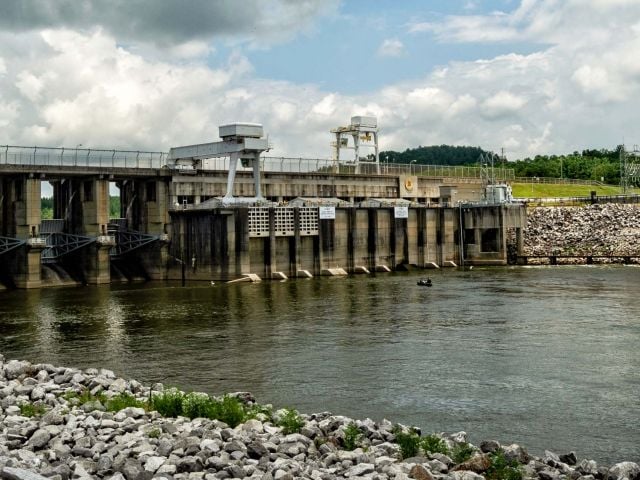Displaying 3025 - 3048 of 7455
The Poisonwood Rivals
Nationwide sampling by a coalition of public interest groups* found dangerous levels of arsenic on the surface of “pressure treated” wood purchased at The Home Depot and Lowe's Home Improvement Warehouse. These twin giants of the home improvement industry aggressively promote their concern for the environment, but they stack their shelves with highly hazardous lumber infused with the arsenic

Consider the Source
Chlorinating tap water is a critical public health measure that saves thousands of lives each year by reducing the incidence of waterborne disease. But chlorination is no substitute for cleaning up America's waters.

Rocket Science
Sources of drinking water for almost 7 million Californians and unknown millions of other Americans are contaminated with a toxic legacy of the Cold War: A chemical that interferes with normal thyroid function, may cause thyroid cancer and persists indefinitely in the environment, but is unregulated by the state or federal government.

Lead Pollution at Outdoor Firing Ranges
Lead is the most prevalent contaminant at Superfund sites across the country (EPA 2001a). The highly toxic metal triggers more Superfund cleanups than any other industrial chemical or waste product in the environment. Lead is considered the number one environmental threat to children's health by the federal government, and at very low levels is linked to subtle developmental delays and reduced I.Q

The Facts About Diazinon

Green Energy Guide

Bumper Crop
Congress is now considering giving a handful of the largest farms in the country an enormous “bumper crop” in farm subsidies right before the election. The only farms that will be eligible for the extra subsidies are a few thousand of the very largest farms and agribusinesses in the nation.

Is Your Bottled Water Worth It?

Higher Ethanol Blends May Harm Health and Engines

Anniston, Alabama

On The Hook: Commercial Fishing Reaps Billions

Ethanol’s Federal Subsidy Grab Leaves Little For Solar, Wind And Geothermal Energy

Shopper's Guide to Compact Fluorescent Light Bulbs

FDA's Midnight Mischief Heightens Mercury Risk to Pregnant Women, Infants

The Unintended Environmental Impacts of the Renewable Fuels Standard

Pesticide in Soap, Toothpaste and Breast Milk - Is It Kid-Safe?

Biofuels and Bad Weather

Colorado's Chemical Injection

Sundown on the Sagebrush Rebellion

EPA Axes Panel Chair at Request of Chemical Industry Lobbyists

Mean Streets
Hundreds of millions of dollars are spent every year to make America's roads safer, yet this investment is failing to ensure the safety of all of us who engage in the most basic form of transportation — walking. Millions of Americans walk — to school, to work, to the store, or just around the block for a little bit of exercise. Our findings indicate that from 1986 to 1995, approximately 6,000

Comments on the Proposed Reissuance of the U.S. Army Corps of Engineers' Nationwide Permits

Swamped With Cash

Heavy Methyl Bromide Use Near California Schools
